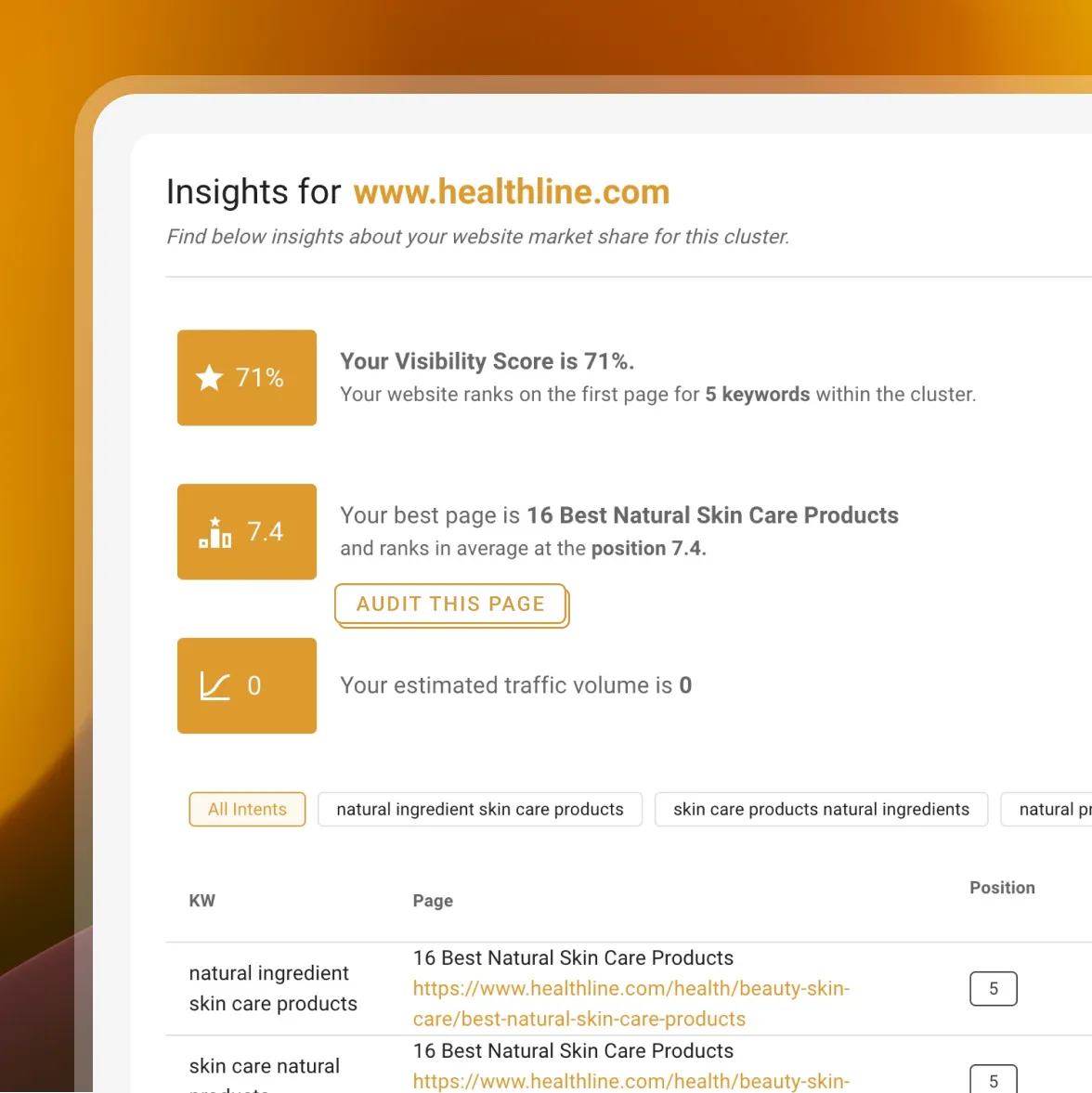
Introduction
In the ever-evolving world of e-commerce, standing out from the competition requires more than just a great product. It demands a smart, data-driven content strategy that not only attracts visitors but also converts them into loyal customers.
Enter pillar + supporting content — a powerful approach to content marketing that has become a cornerstone for successful online businesses. By creating comprehensive, authoritative pillar content and supplementing it with targeted supporting content, brands can drive traffic, build trust, and ultimately boost sales.
This article will guide you through the fundamentals of using pillar + supporting content to sell products effectively. We’ll explore what this strategy entails, why it matters in 2025, and how you can implement it step by step. Whether you’re an e-commerce entrepreneur or a digital marketer, this is your roadmap to leveraging content as a sales engine.
H2: What Is Pillar + Supporting Content and Why It Matters
Pillar content is the cornerstone of a well-structured content strategy. It refers to long-form, in-depth resources that cover broad topics relevant to your audience. These pieces are designed to be comprehensive, covering multiple subtopics and serving as a central hub for related content.
Supporting content, on the other hand, consists of shorter, more focused pieces that delve deeper into specific aspects of the pillar topic. This could include blog posts, videos, infographics, or social media updates that expand on key points from the pillar content.
Together, they form a cohesive content ecosystem that improves user experience, enhances SEO, and drives conversions.
According to a 2023 Semrush report, 97% of businesses achieved success with their content marketing strategies, highlighting the growing importance of structured, high-quality content. Pillar + supporting content isn’t just a trend — it’s a proven method for building authority, increasing visibility, and converting leads into customers.
H2: How Pillar + Supporting Content Impacts SEO Performance
Search engines like Google prioritize websites that offer organized, high-quality content. Pillar + supporting content aligns perfectly with this goal, as it creates a clear structure that makes it easier for search engines to crawl and index your site.
Here’s how this strategy impacts SEO performance:
- Improved Indexing: A well-organized content structure helps search engines understand your website better, leading to faster indexing and higher rankings.
- Increased Organic Traffic: By targeting both broad and long-tail keywords, pillar content can attract a wider audience, while supporting content targets specific queries.
- Enhanced User Engagement: Internal linking between pillar and supporting content keeps users on your site longer, reducing bounce rates and signaling relevance to search engines.
- Backlink Opportunities: Authoritative pillar content often attracts natural backlinks, which are a key ranking factor in Google’s algorithm.
Moreover, this strategy supports E-E-A-T (Experience, Expertise, Authority, Trust), which is increasingly important for content quality assessments. By consistently delivering valuable, well-researched content, you build trust with both users and search engines.
H2: Step-by-Step Implementation Framework
Implementing a successful pillar + supporting content strategy involves several key steps. Follow this framework to build a content plan that drives product sales:
- Define Your Core Topics
- Identify the main themes that align with your business goals and audience interests. These should be broad enough to allow for multiple subtopics.
-
Example: For an online fitness store, a pillar topic might be “How to Build a Home Gym.”
-
Conduct Audience and Keyword Research
- Use tools like Google Keyword Planner, Ahrefs, or SEMrush to identify high-volume, low-competition keywords related to your pillar topic.
-
Analyze competitor content to find gaps and opportunities.
-
Create the Pillar Content
- Write a comprehensive, 1,500–2,500-word piece that covers all major subtopics. Ensure it includes internal links to supporting content.
-
Use a mix of formats such as blog posts, videos, or infographics to keep the content engaging.
-
Develop Supporting Content
- Create shorter, targeted pieces that expand on specific sections of the pillar content.
-
Examples: A blog post on “Choosing the Right Treadmill,” a video tutorial on “Setting Up Your Home Gym,” or an infographic on “Benefits of Strength Training.”
-
Internal Linking Strategy
- Link supporting content back to the pillar page and vice versa.
-
Use descriptive anchor text to improve readability and SEO.
-
Measure and Optimize
- Track metrics like traffic, engagement, and conversion rates using tools like Google Analytics or Hotjar.
- Refine your content based on user behavior and performance data.
H2: Real or Hypothetical Case Study
Let’s take a look at a hypothetical case study of an online skincare brand that implemented a pillar + supporting content strategy.
Background: The brand sold a range of skincare products but struggled with low organic traffic and poor customer retention.
Strategy:
– Pillar Topic: “The Ultimate Guide to Skincare for Sensitive Skin”
– Supporting Content:
– “How to Choose the Right Moisturizer for Sensitive Skin”
– “Top 10 Natural Ingredients for Sensitive Skin”
– “How to Read Skincare Labels: A Beginner’s Guide”
Results:
– Organic traffic increased by 40% within six months.
– Bounce rate dropped by 25% due to improved content relevance.
– Conversion rates rose by 18%, as customers found the information helpful and trusted the brand.
This example illustrates how a well-structured content strategy can directly impact sales and customer loyalty.
H2: Tools and Techniques for Pillar + Supporting Content
To streamline your content creation process, use these modern tools and techniques:
- SurferSEO – For keyword clustering and semantic scoring to optimize your pillar content.
- Ahrefs – For in-depth keyword research and competitor analysis.
- Scalenut Topic Cluster Generator – To identify related keywords and build content clusters.
- Grammarly – For improving the clarity and professionalism of your writing.
- Canva – For designing visually appealing supporting content like infographics and social media posts.

H2: Future Trends and AI Implications
As AI continues to shape the digital landscape, the role of pillar + supporting content will only grow. Search engines like Google are increasingly prioritizing high-quality, human-centric content, and AI tools like Google’s Gemini or Microsoft’s Copilot are making content creation more efficient.
Future trends to watch:
- Voice Search Optimization: Pillar content will need to be optimized for voice queries, focusing on conversational language and long-tail keywords.
- Multimodal Search: Content will need to be adaptable across different formats, including video, images, and interactive elements.
- AI-Powered Personalization: Brands will use AI to deliver tailored content experiences, making supporting content even more critical for engagement.
To stay ahead, focus on creating content that is both informative and adaptable, ensuring it meets the evolving needs of your audience.
H2: Key Takeaways
- Pillar + supporting content is a strategic approach that combines comprehensive, authoritative content with targeted, focused pieces to drive traffic and sales.
- SEO benefits include improved indexing, increased organic traffic, and enhanced user engagement.
- Implementation involves defining core topics, conducting research, creating pillar content, developing supporting pieces, and optimizing with internal links.
- Tools like SurferSEO, Ahrefs, and Scalenut can help streamline the process.
- Future trends like voice search and AI personalization highlight the growing importance of structured, high-quality content.
By mastering this strategy, you’re not just creating content — you’re building a foundation for long-term growth and customer loyalty.
Meta Title: How to Use Pillar + Supporting Content to Boost Product Sales
Meta Description: Learn how to use pillar + supporting content to increase product sales, improve SEO, and build customer trust with a proven content strategy.
SEO Tags (5):
– Pillar Content Strategy
– Content Marketing
– SEO for Ecommerce
– Supporting Content
– Product Sales Growth
Internal Link Suggestions:
– Parameter #10: Content Clusters and Topic Modeling
– Parameter #14: E-E-A-T and Content Quality
– Parameter #8: On-Page SEO Best Practices
External Source Suggestions:
– Semrush Blog
– Scalenut Topic Cluster Generator
– Google Search Console Help Center





